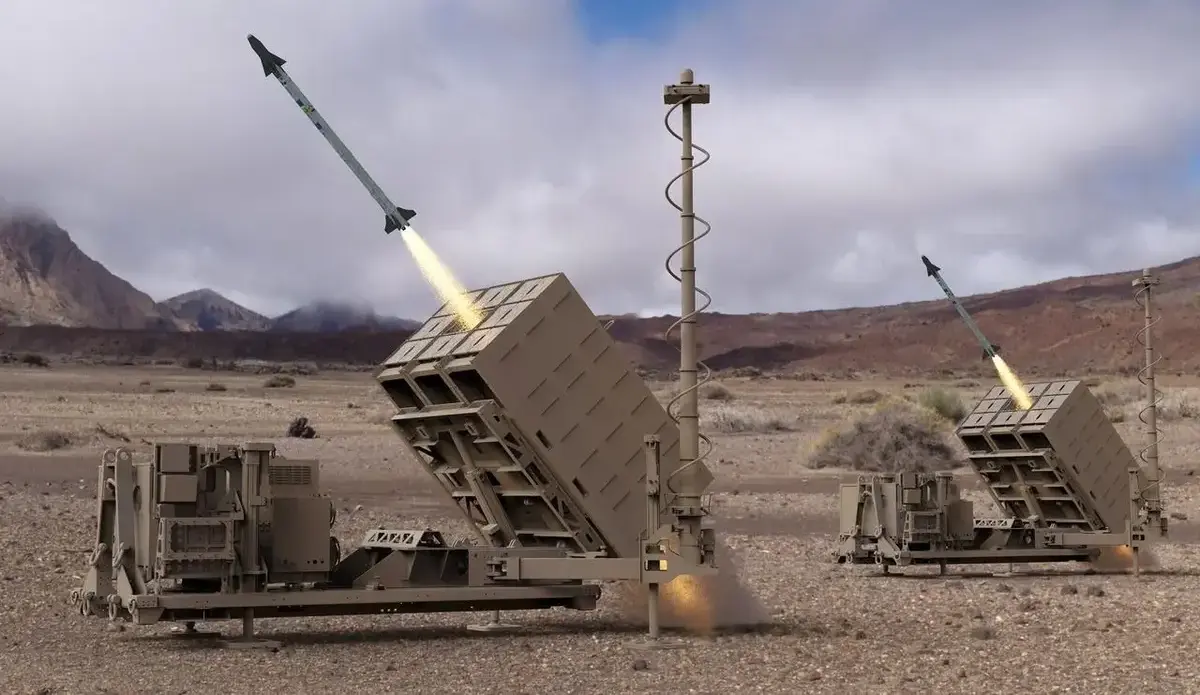The US Department of Defense has begun developing a new missile defense system within the scope of the IFPC Inc 2 program, which aims to strengthen defensive capabilities against cruise missiles and unmanned aerial vehicles. The new system will offer a more effective solution against air threats by combining the range of the AIM-120D missile with the compactness of the AIM-9X.
The new missile defense system, which is part of IFPC Inc 2, will combine the capabilities of the AIM-180D missile with a range of more than 120 kilometers with the compactness of the AIM-9X missile. This combination will increase the number of missiles in a single package, thereby increasing operational efficiency.
The US Army IFPC Inc 2 program includes several projects aimed at protecting installations against airborne threats, with an emphasis on supersonic interceptors and directed energy weapons (lasers and high-power microwaves). These projects include the launch of Dynetics’ Enduring Shield anti-aircraft missiles along with Raytheon’s AIM-9X Sidewinder surface-to-surface missile.
The main task of the new system will be to effectively defeat and neutralize both subsonic and supersonic cruise missiles, thus playing a key role in providing comprehensive 360-degree protection. This capability is particularly important for defense against a variety of threats that pose an increased risk to fixed and semi-fixed strategic facilities, including unmanned aerial systems (UAS) and large-caliber missiles.
The interceptor needs to be designed to integrate into an open systems architecture, allowing greater flexibility and compatibility with current and future defense systems. This system is expected to be able to achieve lethal kinetics on specific targets, focusing particularly on threats from subsonic and supersonic cruise missiles.
The new system is being developed in the context of increasing air threats and aims to strengthen the defensive capabilities of the US armed forces. The implementation of this system reflects the military’s continued commitment to modernizing its equipment to address current and future security challenges that we may see in Ukraine and Israel.













